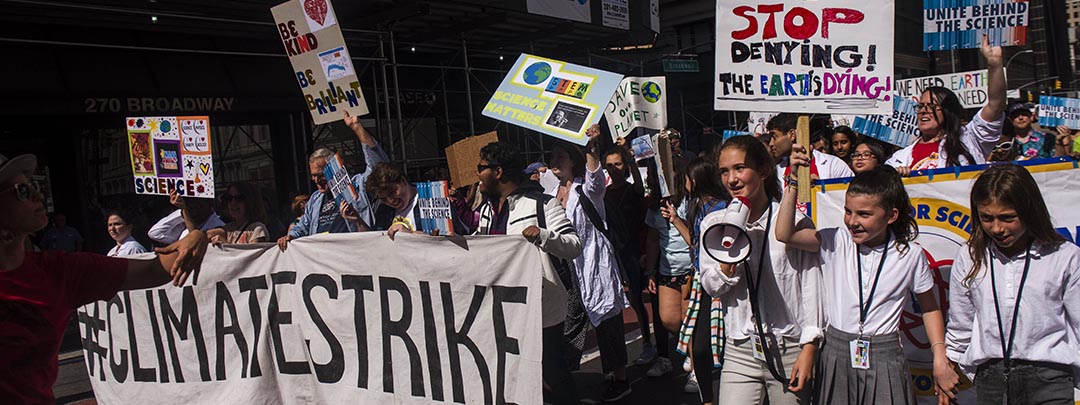National Climate Adaptation Plans Must Include Women’s Voices
Jul 6, 2023
|
Lauren Wolfe
View Original
As the world struggles to catch up with climate change — whether confronting extreme wildfire smoke in the U.S. Northeast, or some of the hottest temperatures on record in Pakistan — each country must grapple with its own particular issues. The United Nations has been working with dozens of countries in creating a National Adaptation Plan (NAP), which means identifying problems — financial, technical, and institutional — and then creating coping strategies to deal with them.
Nearly all the developing nations the UN is working with on their plans have included the unique effects of climate change on people of different genders, including impaired access to drinking water, a drop in jobs for women, and the disproportionate burden women face in taking care of the home. As of 2022, about a third of all NAPs referred to gender responsiveness, as opposed to none in 2018.
“A gender-responsive approach to adaptation planning is grounded in an understanding of how climate change disparately affects people of different genders,” UN Women writes.
Across the board, women are more vulnerable than men to the consequences of climate change.
The NAP Global Network, which has multi-country funding and supports the creation of national adaptation plans, has been working with young women, for instance, in Ghana on lifting up their voices on global warming. Together with the nonprofit Lensational, which offers media training to underrepresented women, the network is teaching visual storytelling. One of the Ghanian attendees of a recent workshop emphasized the need to document and appeal to women as the planet changes.
“I feel inspired to document stories about women and how climate change is affecting them,” said Emefa Toklo. “From now to 2030, what is the change, what would be the effect? I want women’s voices to be heard about how climate change is affecting their livelihoods, how they take care of their families, how they are being displaced. Because in Africa, it’s the women that hold the family.”
In neighboring Ivory Coast, which is the world’s leading exporter of cocoa and cashews —70 percent of the population works in the agricultural industry — the director of gender and equity at the Ministry of Women has focused the country’s national adaptation plan on capacity building. But it’s not necessarily a numbers game: simply making sure there are as many women as men on any given team. The connection between gender and climate change isn’t that simple. Neither is the fix.
Florence Tanoh, the minister, told UN Women: “Talking about the gender-climate nexus makes the issue of gender equality more tangible. The Ministry of Women is a ministry of key importance, but gender issues are often tackled in a relatively theoretical, even mechanical way, like, ‘We need eight women and eight men,’ so that nobody really pays attention.”
